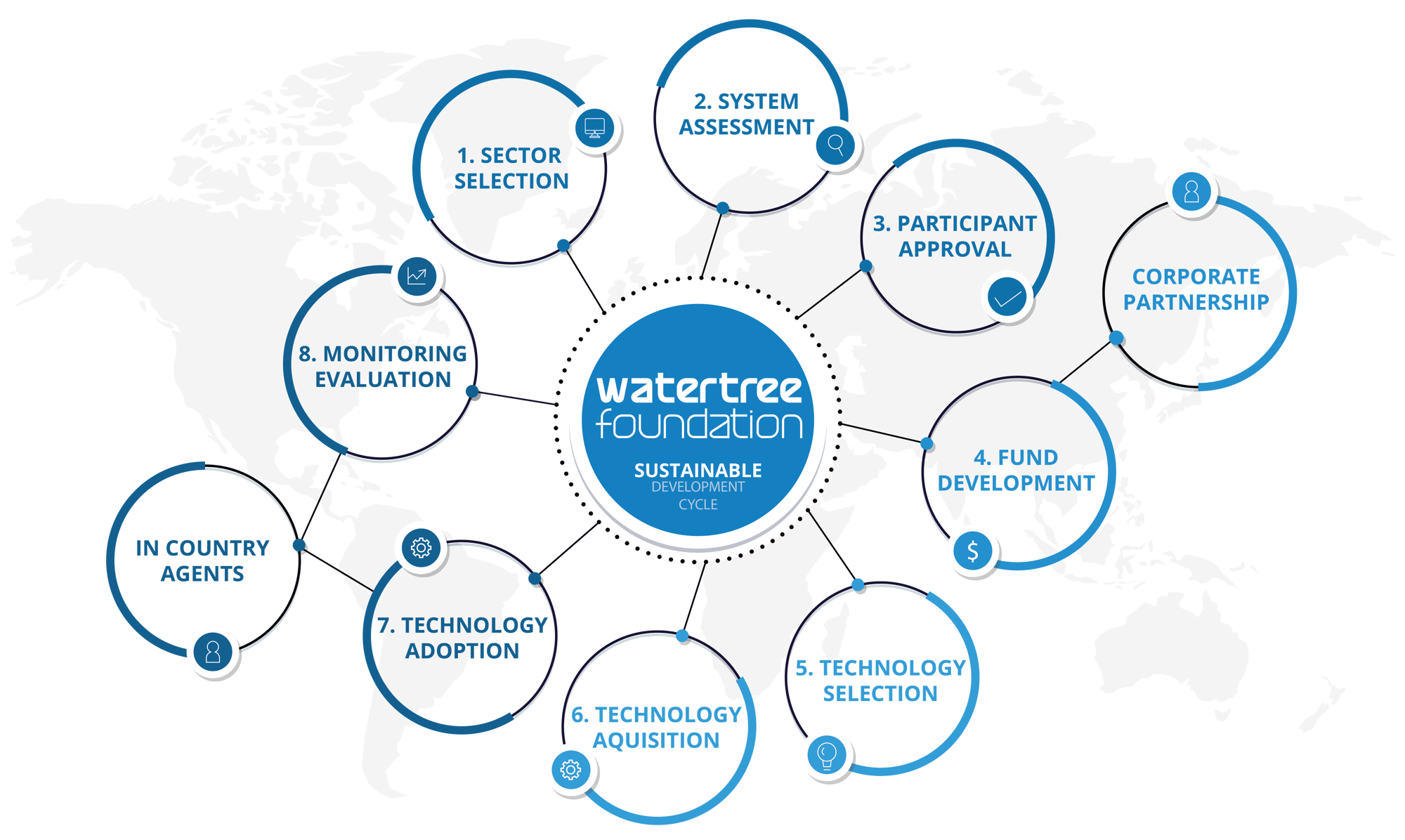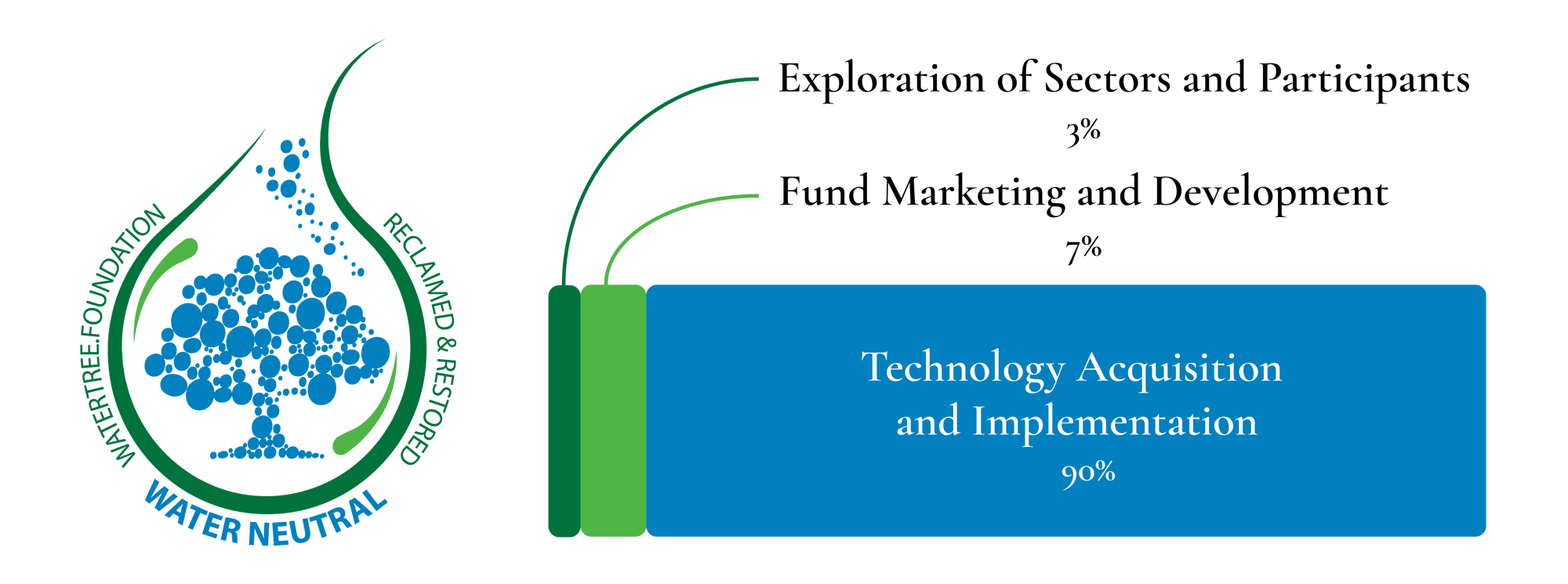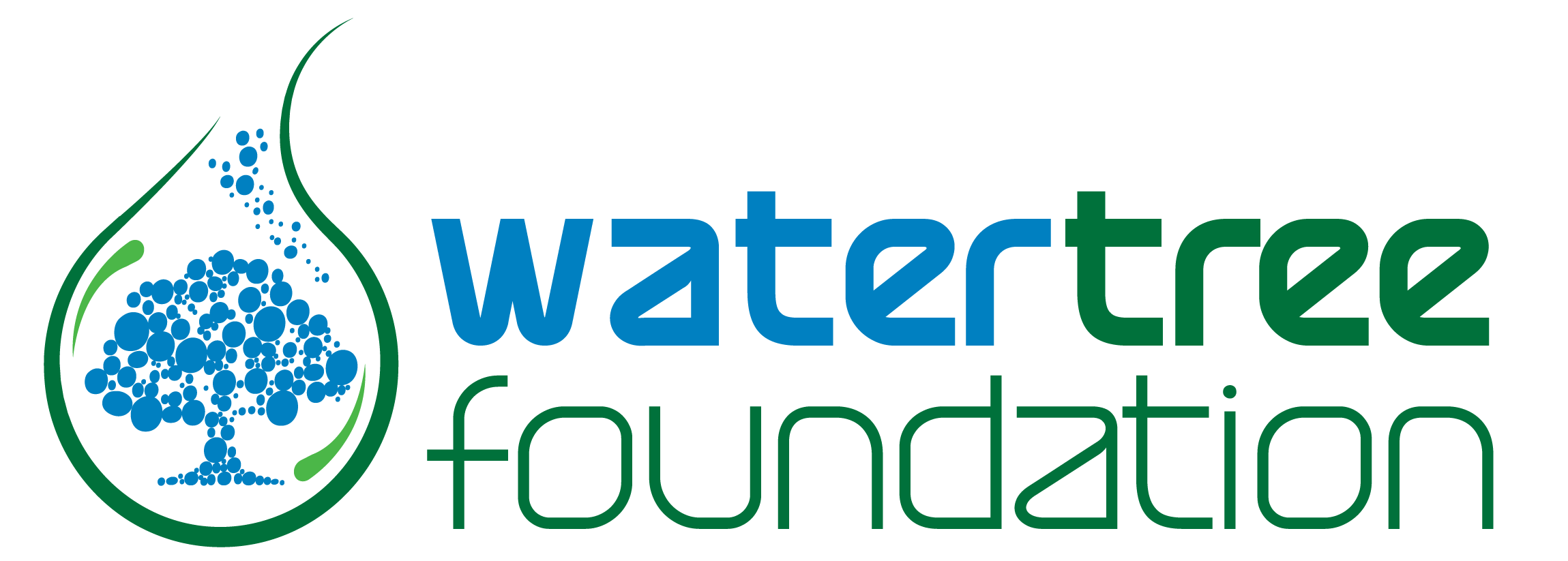Water Tree Reclamation Development Cycle
The Water Tree Foundation is dedicated to maintaining a dynamic, transparent, and impactful project development cycle. This approach fosters trust and ensures a seamless fit within the program, benefiting all participants and sponsors. With a clear focus on achieving program objectives and supporting the UN's sustainable development goal 6.3, the Foundation has designed a comprehensive development cycle that includes input from all stakeholders.
The WT Sustainable Development Cycle

1. Sector Selections
We conduct thorough investigations into every sector we support. Our goal is to gain a deep understanding of the underlying issues causing water pollution and identify any industry or governmental influences at play. Additionally, we carefully assess the tangible impact each project would have on individuals and communities. With countless projects worldwide in dire need of attention, we prioritize on developing initiatives in sectors where we have established partnerships with local organizations.
2. System Assessment
We understand that every water system is unique, and we take the time to thoroughly comprehend its characteristics. Our initial system assessment is conducted to determine if our technology providers can effectively treat and reclaim the project. During this assessment, we identify the types of pollutants present, their sources, as well as evaluate the system's capacity, infrastructure, and specific needs. Additionally, we establish the regulatory limits and set parameters required to restore the system. We develop comprehensive reclamation protocols and craft a plan that encompasses both reclamation and preventative treatments.
3. Participant Approval
Once the system assessment is completed, the potential system reclamation and preventative treatment plans undergo a thorough evaluation by the executive team before receiving final approval. Each project is carefully compared to other competitive projects to determine its suitability for implementation. The executive team ensures that the foundation's sustainable development principles, including the involvement of suitable participants, transparency, maximum impact, and efficient use of funds, are upheld.
4. Fund Development
We collaborate with corporations worldwide to reclaim, restore, and respect water. Our valued corporate sponsors generously support all our impactful projects. We actively engage with any corporation that shares our mission to reclaim polluted water and preserved it for future generations. While connections to our sectors are common among sponsors, it is not required. We accept one-time donations and strongly encourage annual contributions as a percentage of their net profit. Ongoing reclamation and preventive treatments are crucial for maintaining a sustainable supply of clean water.
Sustainable Development Principles
Our core principles are rooted in our commitment to sustainable development. We prioritize projects that are not only suitable but also transparent. By maximizing impact, we strive to make a lasting difference in the restoration and conservation of water resources. Our ultimate objective is to reclaim and restore the natural balance of water ecosystems while fostering a deep respect for this invaluable resource.
5. Technology Selection
Water pollution requires an effective yet affordable and eco-friendly solution to combat its persistent problems. Through collaboration with technology providers, we diligently seek out and choose genuinely natural and biological treatments to restore severely contaminated water systems.
Water Tree has selected HycuraTM, as a primary technology for biological treatment. It's a bacterial enzyme compound that acts as a catalyst to accelerates the natural processes of breaking down and decomposing organic substances into their elemental forms of water, nutrients, and gases. To Learn more click here.
6. Technology Acquisition
Acquiring, transporting, and delivering the cutting-edge technologies to each approved participant is an absolutely vital and intricate step in the development cycle. This critical process entails forging strong partnerships and collaborating closely with top-notch technology providers, reliable shippers, meticulous customs officials, efficient freight forwarders, and navigating through the complexities of multiple governments and international regulations. Each meticulous detail is attended to, ensuring that the technology acquisition is seamless, efficient, and in full compliance with global standards.
7. Technology Adoption
One could argue that the foundation's purpose lies here. In this phase, we collaborate with local agents, participants, and NGOs to introduce and utilize technology for the verifiable restoration of organically contaminated water. This pivotal step forms the heart of our development process, where we have the opportunity to create lasting and significant change. Within a community, we witness tangible effects on families, industries, and recreational activities. It is in this phase that we diligently follow the reclamation and preventative maintenance plans outlined in steps 2 and 3.
8. Monitoring & Evaluation
Monitoring and evaluating projects is a pivotal step in the development cycle. By frequently monitoring the performance of the system through independent laboratories, we ensure an unbiased verification of the effectiveness of the chosen technology. This continuous monitoring, coupled with valuable feedback from local agents and participants, enables a more comprehensive and insightful evaluation of each project. This feedback loop allows for necessary adjustments to treatment protocols and ultimately influences the overall impact of each project on the ecosystem.
Water Tree Foundation Allocation of Resources
At the Water Tree Foundation, transparency is one of our guiding principles. We believe in being accountable and accessible at every step of our process. Above we have outlined the steps and procedures that allow us to achieve our remarkable work and bring about change in water resources worldwide. In our ongoing efforts to uphold transparency, we are pleased to share the three categories that govern the allocation of funds within the Water Tree Foundation.

Exploration of Sectors and Participants
The first category of resource allocation encompass the financial support for the initial three phases of the sustainable development cycle. Our extensive research delves into various sectors, countries, and forms of contaminated water, including municipal wastewater treatment, lakes, rivers, and other vital water ecosystems. Additionally, we address the pollution stemming from industrial processes like coffee bean washing. Furthermore, our operations extend to collaborating with participant sites, conducting meticulous site assessments, and evaluating their suitability for our initiatives. Lastly, we allocate funds to cover the internal expenses of running the foundation.
(3% of funds)
Water Tree Fund Marketing and Development
Within this category, our primary focus is on directing funds towards supporting public awareness and promoting our cause. We actively engage with our shareholders and participants with the aim of educating potential sponsors about the current water crisis and the tangible effects of joining forces with Water Tree in reclaiming and restoring our precious water resources. This involves the creation of compelling marketing materials, active participation in conferences, as well as organizing sponsorship meetings.
(7% of Funds)
Technology Acquisition and Implementation.
This category serves as the primary allocation of resources, empowering the foundation to make the most of its limited resources and create a significant impact. The Water Tree is dedicated to achieving UN sustainable development goal 6.3, which aims to reduce the discharge of polluted water into our precious ecosystems. Within this category, the funds cover sustainable development steps 5 through 8, providing the foundation with the means to assess and evaluate the implementation of natural biological technology. These crucial final steps in project development are made possible by utilizing the majority of funds for the acquisition, adoption, implementation, and evaluation processes.
(90% of funds)
